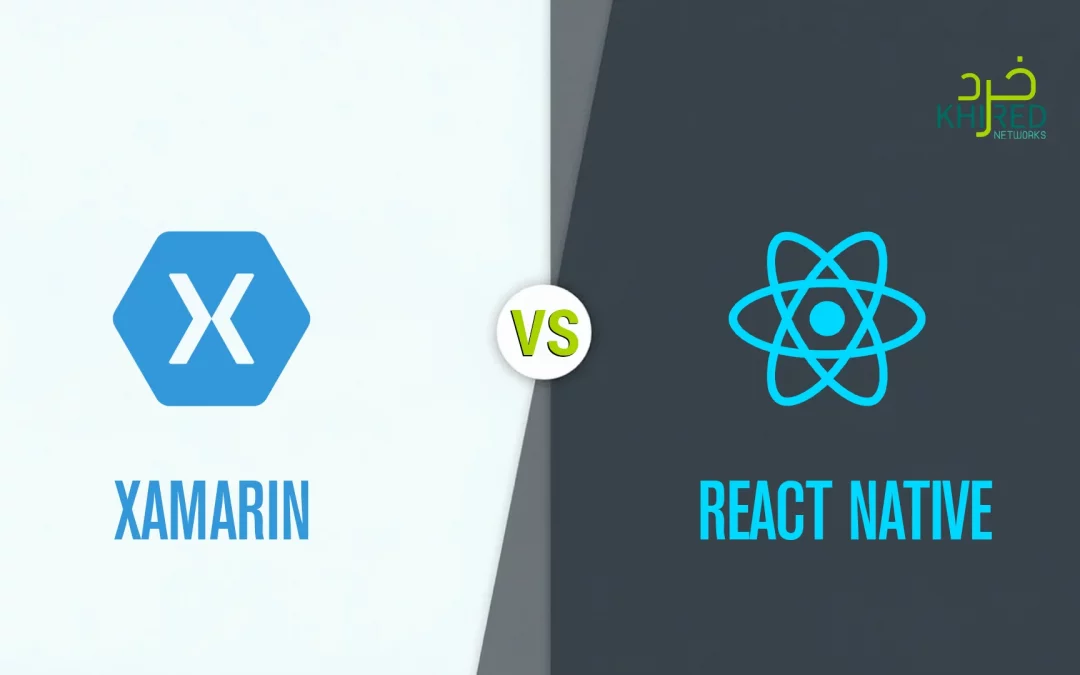The present era is that of mobile. While web apps are equally important, today’s GenZ cannot thrive without a mobile. Besides this, many startups and SMEs leverage mobile-using target audiences for building on their brand’s visibility. It suggests the need for a robust mobile app to be developed alongside the website application.
In the dynamic app development industry, two giants have gained significant popularity in recent years: Xamarin and React Native. Both are open-source frameworks with built-in features and characters that are freely accessible to the public. One interesting feature of the two frameworks is that they both help develop cross-platform mobile applications (supporting both iOS and Android).
But the big question that now pops up is: Which cross-platform app developing framework is a better choice?
This article offers a detailed answer to this question. So, without further ado, let’s dig straight into it.
Xamarin vs React Native: A Comparison
To best understand the significance of each, let’s first compare the two frameworks and see which takes the lead with regard to a particular feature.
1. Performance
The fact that both Xamarin and React Native are popular app development frameworks suggests that each is a good-performing one. Let’s see what brings the difference between the two.
Since both tools are meant for cross-platform software development, both offer near-native performance. However, when it comes to the running speed, Xamarin which is a React Native alternative takes the lead. It offers the fastest code running on both Android and iOS, with an interface designed for using native tools.
Which wins? Xamarin wins in delivering better native like application performance.
2. Popularity
A software’s popularity is not always a determinant of its value in the eyes of the developers. However, it can have a significant impact on the way others interact with the given software. There are some features that drive the software’s popularity with the public. These include:
- Large talent pool (individuals skilled in using the framework)
- Comprehensive tooling (no. of tools ensuring effective app efficiency)
- Great community (backed by a large group of active developers and contributors)
According to Stack Overflow insights and Google trends, React Native is the preferred choice of the majority of developers. It is backed by several globally renowned companies, such as Microsoft, Facebook, Infinite Red, etc.
Which wins? React Native wins in popularity across the public.
3. Development Environment
The better the development environment, the easier the framework is to use. Both the mentioned frameworks offer some pre-built features and components that greatly enhance the developer experience and the framework’s performance.
React Native offers a live reload feature, automatically saving the changes made to the code. In comparison, Xamarin offers Xamarin.Forms, Xamarin.iOS, and Xamarin.Android, empowering app and software developers to construct native UI components specific to a given platform. It allows developers to deliver a better native-like performance.
Which wins? Xamarin wins by providing more pre-built components.
4. Accessibility
Frameworks readily accessible are understandably more popular with the public. Likewise, both Xamarin and React Native offer good accessibility, but that is where they differ. React Native comes with free accessibility, offering several built-in features readily available for use. Xamarin, on the other hand, comes with limited availability. It cannot claim complete free accessibility for all.
Which wins? React Native wins the upper hand and is more accessible than Xamarin.
5. Compilation
When it comes to compilation, we have compiled and interpreted languages. Interpreted languages, like Perl and Python, do not directly compile into machine instructions. Instead, they utilize other programs for instruction execution.
JavaScript and its relevant frameworks, like React Native, Xamarin, Java, C#, etc., use JIT (just-in-time) compilation. They directly compile the code into machine instructions and execute. However, these generally have better performance for Android and not for iOS. Xamarin remains an exception here. It is C# based, offering both JIT and AT (ahead-of-time) compilation. And it’s a fact that AOT compiled code runs faster.
Which wins? Xamarin offers a compilation that’s suitable for both iOS and Android, hence, winning over React Native.
6. Community & Developer Ecosystem
With respect to the framework’s popularity, React Native harbors a larger and more supportive community than Xamarin. True, this framework started small, but with JavaScript gaining increased attention over the years, React Native’s supportive circle also widened.
In comparison, Xamarin is also famous among the developer community. However, not many developers possess expertise in this framework.
Which wins? React Native successfully earns the larger community and wins in having the better developer ecosystem.
Xamarin vs React Native: Pros
The following is a quick comparison of the pros of the two frameworks:
|
Xamarin |
React Native |
|
Supports complete hardware (e.g. GPS and camera). |
Offers access to native features and functionalities (camera and GPS). |
|
Compatible with MVC and MVVM models. |
Easy to learn. |
|
The development ecosystem is complete (C#, .NET, and Visual Studio). |
Offers faster development. |
|
Simplified maintenance |
High-quality mobile app development. |
|
Features a Xamarin Component Store with numerous built-in features. |
Open source and free. |
|
Develop more native-like performing apps. |
Harbors a large and supportive community. |
Xamarin vs React Native: Cons
The following is a quick comparison of the cons of the two frameworks:
|
Xamarin |
React Native |
|
Not a good choice for apps with complex UIs. |
Contains abandoned packages and libraries. |
|
Builds a large-sized application. |
Requires frequent updates. |
|
UI development may be time-consuming. |
Cannot perform on multiple screens. |
|
Accessibility is limited. |
Struggles with complex animations and |
|
May require familiarity with platform-specific code. |
No security assurance for third-party tools and plugins. |
|
Minimal community support. |
Non-native like navigation. |
Summing Up
Both Xamarin and React Native are powerful tools that can help developers create exceptional mobile applications. We move forward in this tech-oriented year of 2025, and weighing the pros and cons of each of the two frameworks is necessary for careful evaluation. It helps assess whether a specific tool aligns with the business requirements or not.
The article offers a good comparison between Xamarin and React Native, which can help you in determining what matches your needs, ultimately, helping you with informed decision-making.



